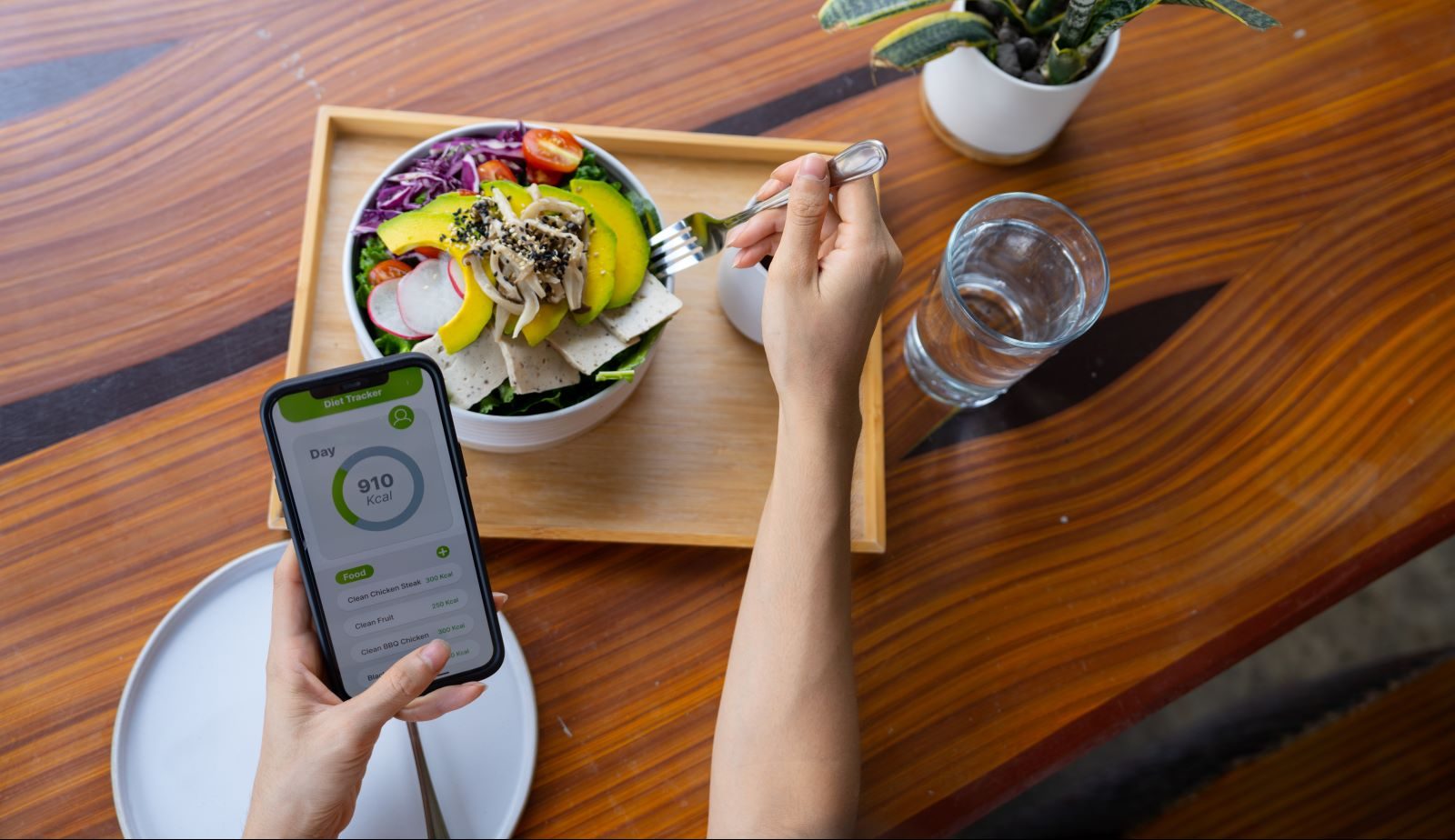<< Back
Why Calorie Counting Isn’t the Best Way to Lose Weight

July 17, 2023
If your dieting strategy involves food logs and calorie counting, registered dietitian Melissa Keeney has a message for you.
“Counting calories is not effective!” says Keeney, who serves as the clinical nutrition manager at St. Vincent’s Medical Center in Bridgeport.
Keeney explains why it doesn’t work, and what you should do instead.
So why shouldn’t I count calories?
Keeney offered up a few compelling reasons why calorie counting isn’t all it’s cracked up to be.
- Energy needs vary by day. This is based on how much physical activity you do, the composition of your meals and hormone changes, especially for women.
- Most calorie trackers are inaccurate. They miscalculate your personal energy needs and the calorie content of foods.
- Dieting and restricting calories can be counter-productive. Research shows up to 95% of diets fail and two-thirds of dieters regain more weight after dieting.
> Related: Should I Try Cutting Carbs, Fat or Sugar for Weight Loss?
Try this instead.
If calorie counting isn’t the best route, how do you know when to stop eating?
“Get in touch with your hunger and fullness cues,” Keeney says.
This may take time, especially if you’ve been dieting or restricting food for a while. Basically, your body needs to relearn feeling hunger and fullness.
“Focus on eating regular meals and snacks about every three to four hours. Try to include a carbohydrate, protein, fat and fiber most of the time, even for snacks,” she explains.
> Want more health news? Text StartHere to 85209 to sign up for text alerts
What do hunger and fullness feel like?
Hunger, Keeney explains, may make you feel:
- A gnawing in the stomach
- Light-headed
- Unable to concentrate
- A headache
Fullness may include:
- A subtle feeling that your stomach is filled.
- A feeling of satisfaction and contentment.
Two ways you can eat more mindfully.
While it takes about 20 to 30 minutes to recognize fullness, Keeney says mindful eating can help better learning your body’s cues.
“To eat mindfully, use the S-S-S model – sit down, eat slowly, savor your food,” says Keeney. “The bonus is there’s research that mindful eating can help you absorb nutrients better!”
Another option, she says, is the halftime technique.
“Split the food on your plate in half as a reminder to take a break halfway through your meal,” she begins. “At that point, check in with how you are feeling – how hungry or full are you? How does the food taste? If possible and you are full, save the rest of your meal for later.”
Build a healthy meal and enjoy.
Calories matter little if you build healthy meals to enjoy in the first place.
The Plate Model, Keeney notes, is a good start. Fill half your plate with vegetables, a quarter with a lean protein, a quarter with a carbohydrate, add a side of fruit and a beverage. Including a carbohydrate, fat, protein and fiber in each meal helps you get enough nutrition and stay satisfied until the next meal or snack.
According to research in the Annals of Family Medicine, people who followed the Plate Model lost more inches on their waist than those counting calories.